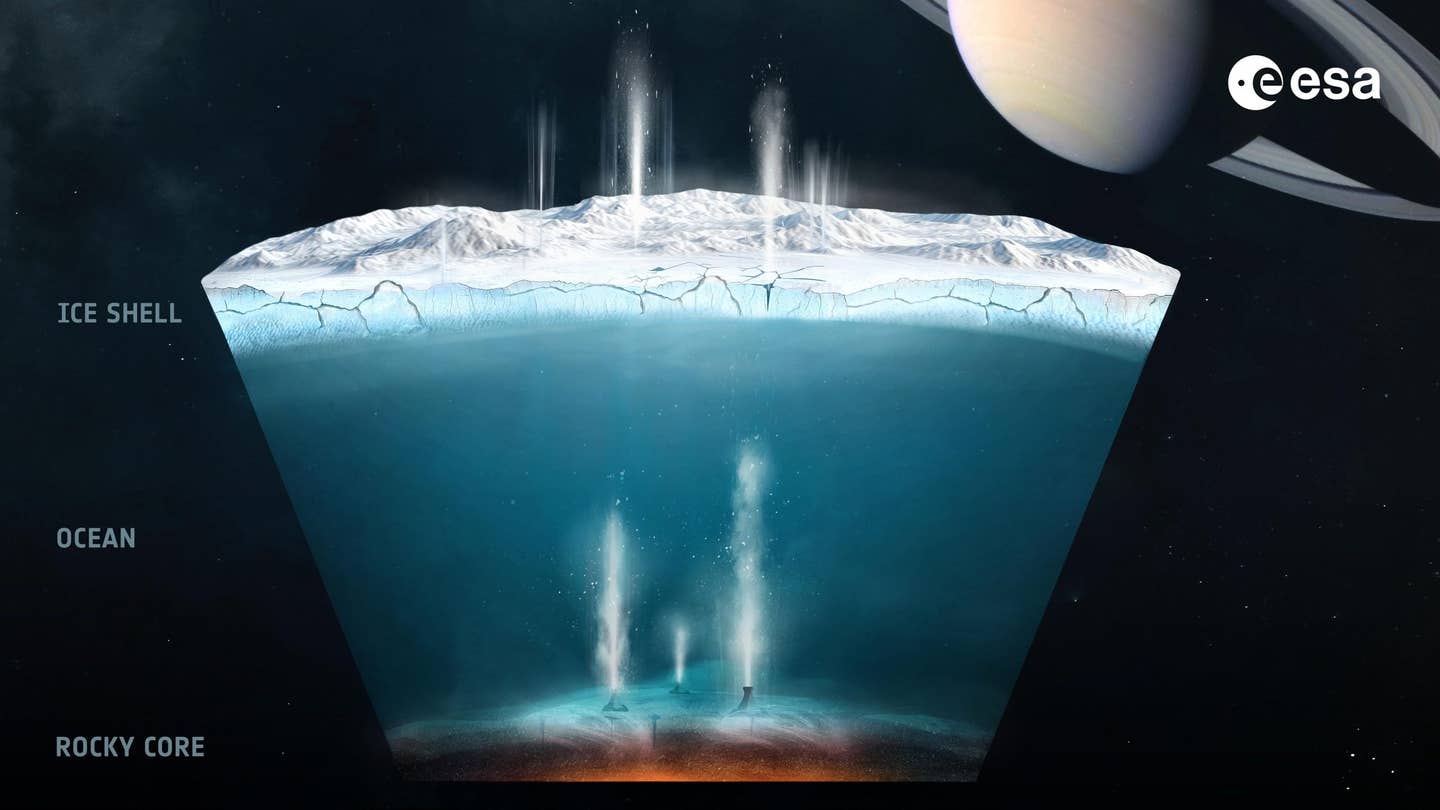Astronomers solve cosmic mystery surrounding two massive black holes that shouldn’t exist
New simulations at the Flatiron Institute show how rotation and magnetic fields shaped the massive black hole merger GW231123.

 Edited By: Joshua Shavit
Edited By: Joshua Shavit

A still image from a computer simulation of a black hole’s formation and evolution. (CREDIT: Ore Gottlieb / Simons Foundation)
Astronomers knew something did not add up when detectors picked up a vast cosmic crash in 2023. The signal, later named GW231123, came from two giant black holes that slammed together about 7 billion light years away. Their sizes and extreme spins pushed against long accepted limits for how such objects form. You may expect violent mysteries from the far reaches of the universe, but this one challenged even seasoned scientists. Black holes with these traits were not supposed to exist.
A team led by Ore Gottlieb at the Flatiron Institute’s Center for Computational Astrophysics has now traced a convincing path to explain the event. Their new simulations follow a massive star from early nuclear burning to its collapse, the birth of a black hole and the chaotic storms that follow. In the end, the group found that two ingredients often brushed aside are the missing keys: rotation and magnetic fields. Once those forces are added, the unlikely black holes of GW231123 start to look possible.
Why the Event Broke the Rules
The puzzle begins with masses. When stars fall within a certain range, between roughly 70 and 140 times the mass of the sun, they do not leave any leftovers. In that range, a rare explosion called a pair instability supernova rips a star apart. No core survives and no black hole forms. Since both black holes in GW231123 sit inside that mass gap, their very existence raises eyebrows.
The spins made things stranger. The two black holes were the fastest spinners LIGO had ever seen, pulling space around them at nearly light speed. That much rotation is difficult to achieve. You might expect such extreme spins from earlier mergers, but those events often fling the final black hole out of its home, which makes building a second merger unlikely. Other formation paths, such as chemically homogeneous evolution in close binaries, also fail to explain both the huge masses and the rapid spins at once.
The new research argues that past models skipped over the combined effects of spin and magnetic fields during a star’s final collapse. These forces steer how much mass falls into the newborn black hole and how fast it turns. Missing them removes the very physics that shapes black holes in this unusual range.
What Collapsing Giants Hide Inside
To uncover that hidden behavior, the team started with a low metallicity helium star roughly 250 times the mass of the sun. It had already shed its outer layers, so winds and interactions with a partner star carved it down to about 149 solar masses before collapse.
A detailed one dimensional model of the collapse showed that pair creation drained the core of pressure support. The core then caved inward. About 4.29 seconds after the implosion began, a black hole of about 40 solar masses formed. Its birth radius measured only about 1.2 times 10^7 centimeters, an unimaginably small size compared with the giant that created it.
At that point, the future of the black hole depended on one thing: how much mass and angular momentum it would swallow next. That, in turn, hinged on the rotation stored inside the star and the magnetic fields weaving through the collapsing layers.
What Happens After a Black Hole Is Born
The researchers mapped the collapsing layers into a three dimensional simulation that tracked magnetized plasma, an accretion disk around the black hole and the outflows that erupted from it. This step revealed how black holes grow during their first moments.
If the rotating debris forms a disk, that disk acts as a conveyor belt that feeds matter into the black hole. It also spins the black hole faster. But magnetic fields press on that disk. Strong fields can fling matter away at high speeds, cutting off the supply of fuel. Weaker fields allow most of the disk to slide inward and boost the spin sharply.
The simulations tested four magnetic strengths. Each case produced a different type of black hole. Weak fields allowed nearly the whole star to collapse into the black hole. The result was a huge object with almost the highest possible spin. Moderate fields allowed some of the outer layers to escape. That led to a black hole inside the mass gap with a spin close to 0.8. Strong fields launched jets that blasted material out in a fraction of a second, limiting the final mass and even slowing the spin. Very strong fields pushed this to an extreme, stripping so much angular momentum that the final spin sometimes dipped toward low or even negative values.
A Natural Match for GW231123
Out of all scenarios, the moderate field case stood out. A star with moderate magnetic forces ended as a black hole near 100 solar masses with a fast but not maximal spin. A companion star with weaker fields could collapse almost completely into a black hole near 130 solar masses that spun even faster. Their spins did not line up, because each collapse involved different levels of rotation and outflows. When those two black holes later merged, the result looked much like GW231123.
These violent outflows also kicked the black holes at their birth. Even a slight imbalance in the jets could send the black holes moving at about 100 kilometers per second. That kick would tilt their spins relative to the orbit without breaking the pair apart. Over time, gravitational waves would pull them together for the final collision that astronomers eventually detected.
The same jets carried enormous energy. In the strongest runs, the total energy reached values similar to the most powerful gamma ray bursts ever seen. These bright flashes would last only seconds, but they could serve as rare signals marking the birth of black holes that might later merge.
What Limits Still Remain
The authors note that their models simplify some parts of the physics. They do not include detailed radiation or neutrino transport. The first step of the collapse is done without rotation and the black hole’s mass and spin are updated after each run, not during the simulation. Even with those limits, the main pattern stays the same. Stronger magnetic fields cut off accretion and slow the spin. Weaker fields let the black hole grow and spin up.
Different starting stars would change some values. A heavier star with less rotation might leave a heavier but slower black hole. A smaller star with more spin might leave a lighter but faster one. The steady trend, though, would remain.
Research findings are available online in The Astrophysical Journal Letters.
Related Stories
- Astronomers capture first-ever image of two black holes orbiting each other
- Two new black hole collisions confirm Einstein’s theory with record precision
- Evidence of primordial black holes could be hiding inside Earth rocks
Like these kind of feel good stories? Get The Brighter Side of News' newsletter.
Joseph Shavit
Science News Writer, Editor-At-Large and Publisher
Joseph Shavit, based in Los Angeles, is a seasoned science journalist, editor and co-founder of The Brighter Side of News, where he transforms complex discoveries into clear, engaging stories for general readers. With experience at major media groups like Times Mirror and Tribune, he writes with both authority and curiosity. His work spans astronomy, physics, quantum mechanics, climate change, artificial intelligence, health, and medicine. Known for linking breakthroughs to real-world markets, he highlights how research transitions into products and industries that shape daily life.



